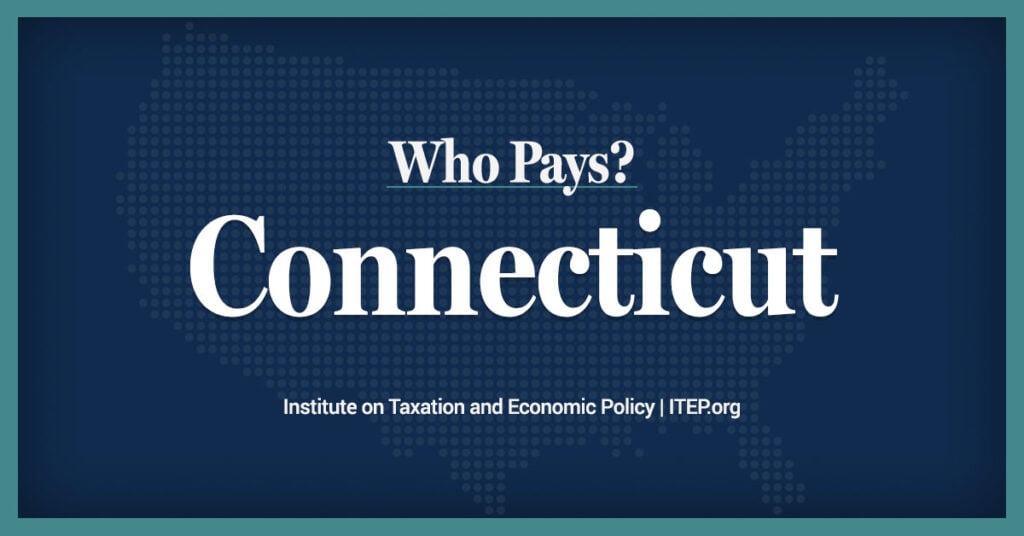March 11, 2013|By JIM HORAN | OP-ED, The Hartford Courant
Just two years ago, Gov. Dannel P. Malloy proposed, and Connecticut adopted, a state Earned Income Tax Credit, known as EITC, to help hard-working parents meet their basic needs and keep their families out of poverty. In its first year, that credit helped one in eight households, in every town in the state, returning an average of $600 to 180,000 families. All were working and their incomes averaged just below $18,000 per year.
Yet just two years after signing the state EITC into law, Gov. Malloy now recommends cutting it to help close the state budget gap. He has suggested reducing it from the current 30 percent of the federal EITC to 25 percent next year, 27.5 percent the year after that, and then restoring it to 30 percent in 2015.
The deficit is serious, and it’s caused by a drop in state tax revenues. Gov. Malloy and state lawmakers face the difficult task of producing a two-year budget for the state that will fulfill the responsibility of government to its citizens with very limited resources.
But do we really want to raise taxes on hard-working parents earning only $18,000 a year?
Let’s do the math. A single parent earning $18,000 per year — that’s about what a full-time, minimum wage worker makes at $8.25 per hour, year-round — has only $1,500 each month to pay for housing, food, clothes, child care, school supplies, heat and medical expenses. This family runs a deficit, unable to pay basic bills, let alone build credit, buy a home or get ahead.
Yet despite such limited income, this family actually pays a larger share of its income in taxes than higher income families. A recent report by the Institute on Taxation and Economic Policy shows that families in Connecticut making less than $24,000 a year pay 11 percent of their income in state and local taxes, or more than $1 out of every $10 they earn, while households that make more than $1.2 million each year — the top 1 percent — pay just 5 percent, or $1 in $20.
Gov. Malloy’s previous reforms began the important work of adjusting our tax structure to ensure those who can afford it pay their fair share, but we have more to do. A family of three living on $18,000 each year is already living in poverty and should not be paying more taxes on the dollar than higher-income households. The EITC plays an essential role in making our tax structure fairer by allowing those Connecticut families that are struggling the most to keep a little more of what they earn.
By helping families make ends meet, the EITC helps build our economy now and in the future. Today, local businesses benefit because their employees spend the credit on things such as child care and car repairs that make them more reliable and productive employees. Tomorrow, we will also have a more skilled workforce because not only does the EITC provide struggling families with the support they need now, it also has proven long-term benefits for children that make them more productive adults. Young children whose families receive additional income from programs like the EITC are healthier, perform better and advance further in school, and then work more and earn more as adults.
The EITC is mostly used as a temporary support. Three out of five recipients claim the EITC for short periods — only one or two years. The EITC is a good way to help families that experience temporary job loss, reduced hours, or reduced pay stay on their feet.
People who work full time should be able to support their families and stay out of poverty. The state’s EITC helps them do just that. It’s a small investment that makes a big difference to hard-working families across every town in Connecticut.
Jim Horan is the executive director of the Connecticut Association for Human Services, a statewide nonprofit.





